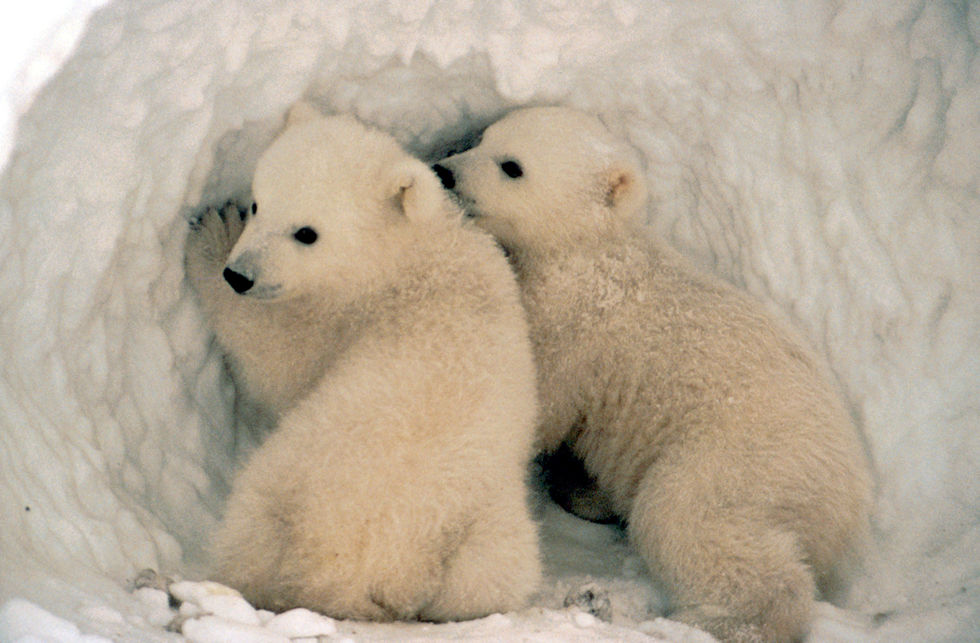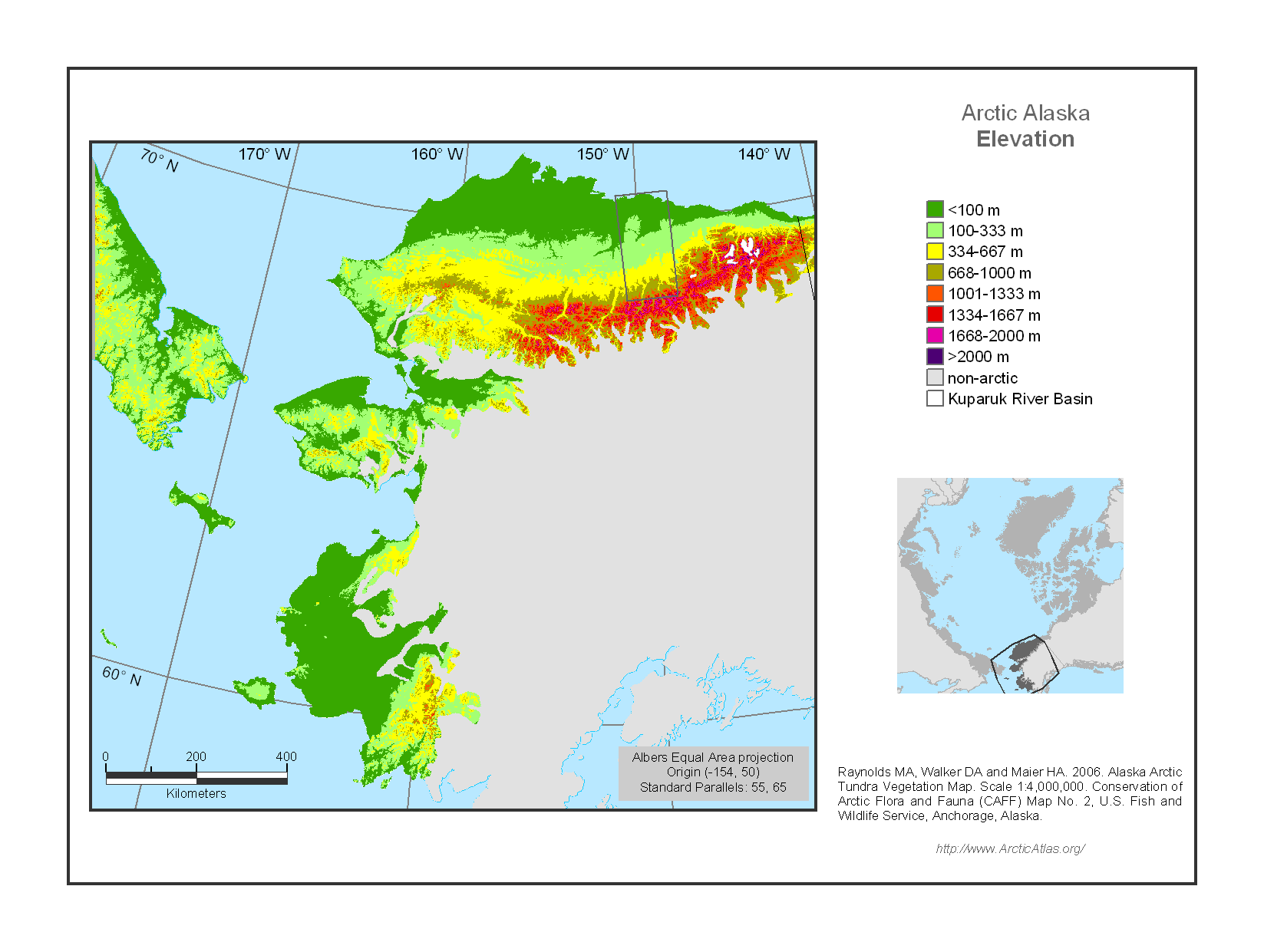- Climate Change
- Climate change is affecting all the life that is in the biome
- region is fragile, so plants and animals are negatively impacted
- takes millions of years for animals to change and adapt
- search for fossil fuel
- oil
- dangers of pipeline due to permafrost
pipeline
deep-water drilling
- Trash and waste
- Global Warming











